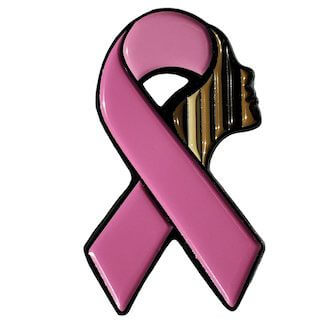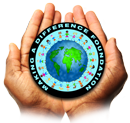
By Ahndrea Blue
Making A Difference Foundation
October is Breast Cancer Awareness Month, a month where women are reminded to perform regular self-breast exams, get their annual mammogram, and everyone is encouraged to wear pink as an expression of support for breast cancer survivors. This is a bittersweet month for me. I am extremely passionate about this cause because I have lost many family members to breast cancer. This includes two aunts, a grandmother, a grandfather, and my father. You see, the BRCA (breast cancer) gene runs in my family. One of my biggest heartbreaks was learning my twin sister also had the BRCA gene while she battled breast cancer. But with God’s grace, she is s a breast cancer survivor!
Breast Cancer Awareness Month has been happening for almost 40 years and the positive impact it’s had on women (and men) includes learning about the disease, raising funding for research and treatment, and creating awareness on prevention through early screening and detection. In fact, while breast cancer rates have increased yearly from the late 1980s to 2020 according to the American Cancer Society, the mortality rate has actually declined by 43% since the peak in 1989. The ACS reasons that this decline was due to earlier detection, increased testing, and improved treatments from research done. Awareness matters!
Yet, while more women are surviving their battle with breast cancer, non-Hispanic Black women are still the ones most likely to die of the disease at a 40% higher rate than that of non-Hispanic white women.
Why such a disparity?
Research is showing genetic factors most likely come into play, but cultural, social, and environmental factors can be huge contributors to these mortality rates for Black women and women of color. These factors are directly tied to more BIPOC women living in much higher rates of poverty that hinders their ability to get proper testing done and receive early treatment. Access to quality, affordable health care and health insurance, the “Medicaid coverage gap,” and the structural racism BIPOC women face within the medical establishment have these women fighting a much harder battle. There is even a lack of research on BIPOC women and breast cancer; knowledge that could go a long way to understanding the risks, prevention, and treatment options which would lead to higher survival rates for this demographic.
Yes, awareness is key and a good start, but it isn’t enough, especially for Black women and women of color! More needs to be done to change the issues and treatment that contribute to higher death rates and leaves many of our BIPOC mothers, grandmothers, daughters, sisters, aunts, and friends without options and a chance at a longer life.
Ahndrea Blue is president and CEO of the Making A Difference Foundation. Contact her at (253) 212-2778 and ahndrea@themadfseattle.org.

